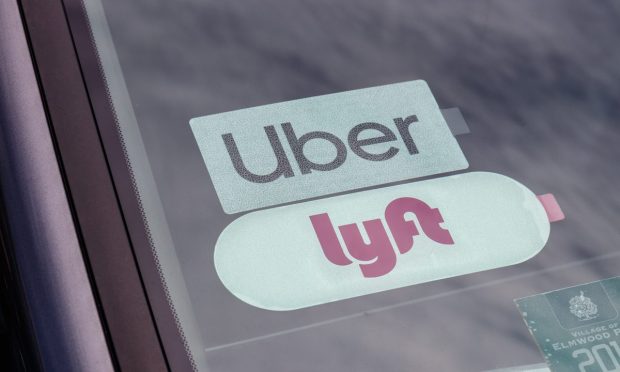Uber, Lyft Earnings Show Divergent Platform Strategies

Earnings season is prime time to take stock — literally, because stocks react quickly to earnings — of corporate strategies, of the varying approaches companies take as they seek to grow their customer bases and, of course, their top lines.
For platform firms, the strategies might be boiled down to two approaches: Go broad, or go narrow.
Exhibit A, in this case, would be the mobility firms Uber and Lyft. Uber has been broadening its offerings, with an eye on cross-pollination of services that let users pivot from one activity to the next. Lyft is focused on getting people from place to place, with rewards and loyalty as key features to keep drivers and end users in its ecosystem.
First thing’s first. Both firms have been able, as evident in their most recent reports this week, to capitalize on a rebound in passenger traffic. Lyft showed that Active Riders in the latest quarter were 18.7 million — an increase of 49% year-over-year — with new rider activations up 42% year-over-year.
Active drivers rose by 34% year-over-year, “driven in part by a ~50% increase in new driver activations versus Q4 2020.”
Read Also: Lyft Logs More Active Riders YoY, Talks Up Maps, AVs and More as Omicron Stifles Recovery
Uber said that it had 118 million monthly active platform consumers (MAPC) across the platform, compared to 93 million a year ago, up 27%. Trips taken were up 23% to 1.8 billion.
Read More: Uber Delivery Gross Bookings Surge 33% YoY As Ordering Online is ‘Ingrained Habit’
The core business — the ride-hailing that gave each company its start — is well within recovery mode. That recovery helped Lyft grow sales by 70% year over year in the fourth quarter. But we note that with the broader platform model — marked by services that are ancillary to rides — Uber’s sales accelerated more rapidly, at 83%, in the same period.
Now, none of this is to say that one firm’s strategy is “better” than the other. But Lyft’s focus shows that getting people around, from where they are to where they want to be, is the primary goal. There are some adjacencies here, too: Lyft Maps and Lyft Car Rentals, with bikes and scooters.
Loyalty remains key here. During the question-and-answer session with analysts, management was asked about how subscriptions or loyalty offerings might drive lifetime value. Logan Green, CEO, said that “as you build a membership program…you start to look at the whole business through a different lens. You start to look at member acquisition, member retention. You start to look at not just the customer experience on a transaction-by-transaction basis…but at the cumulative sum of experiences that members have and all of the touch points they have with the company over a prolonged period.” The company will continue to invest in offerings such as upgrades for car rentals and other member rewards.
For Uber, the platform — with freight and with delivery — gets things (like food) to the people who want to be stationary, but have things brought to them.
Dara Khosrowshahi, Uber CEO, said on the company conference call that, in terms of drivers and cross-functionality, “the onboarding rate and onboarding conversion rates are happening much more successfully. This is because we essentially onboard earners and then we give them work opportunities rather than onboarding them either as a driver or as a courier. And as a result, earners can start earning much faster on our platform.” That’s the supply side of the equation, ready to satisfy demand across a variety of use cases that have mobility as a hallmark but are not simply about transporting passengers.
We’ll see how Uber and Lyft’s and longer-term approaches play out as economies “normalize,” but using apps as a part of our daily lives remains fully entrenched.